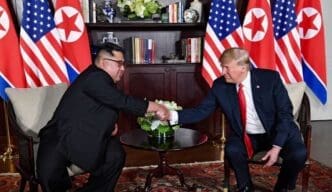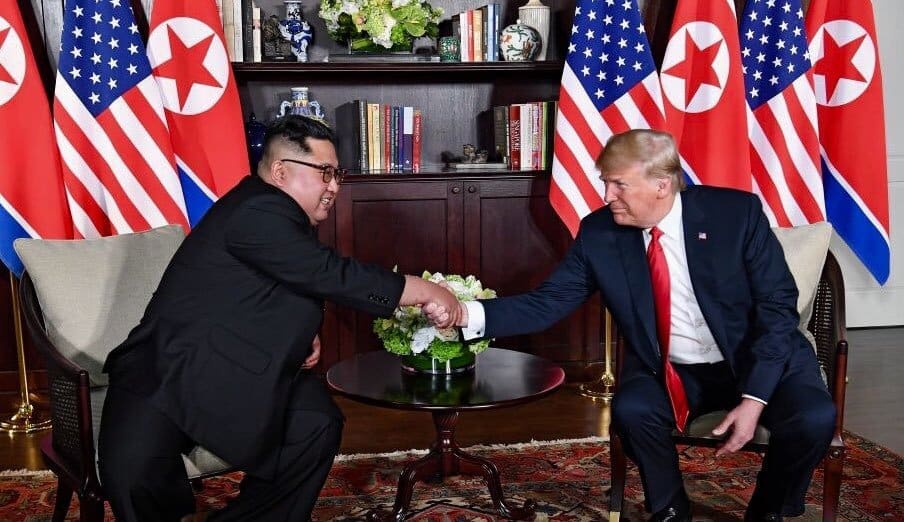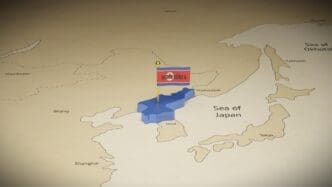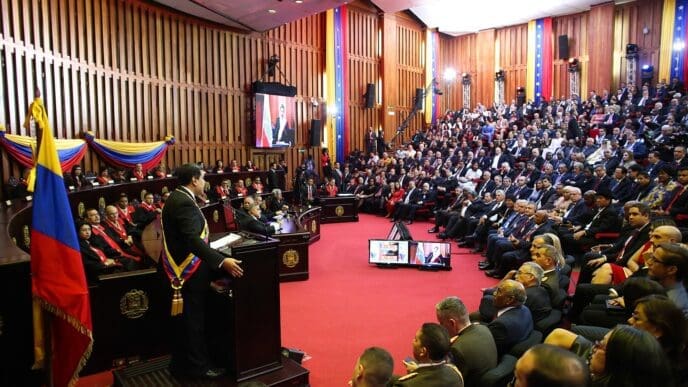Executive Summary
The Story So Far
Why This Matters
Who Thinks What?
President Donald Trump has indicated his willingness to meet with North Korean leader Kim Jong Un, a development that emerged from a Monday meeting at the White House with South Korean President Lee Jae Myung. President Lee urged Trump to help establish peace on the Korean Peninsula, citing Trump’s past efforts as a foundation for potential progress on North Korea’s nuclear weapon capabilities.
Diplomatic Overtures and Past Engagements
During the meeting, President Lee emphasized Trump’s prior interest in global peace issues and his achievements, specifically requesting his intervention to foster peace between the two Koreas. Lee stated he would “actively support” Trump in a peacemaking role, asserting that Trump is “the only person who can actually solve” the enduring tensions between North and South Korea, which remain technically at war since the 1953 armistice.
Trump quickly agreed to the prospect of a meeting with Kim, remarking, “We look forward to meeting with him, and we’ll make relations better.” He highlighted his previous rapport with Kim, stating he knows the North Korean leader “better than anybody, almost,” and recalling their “very good relationship” that led to “love letters” and unprecedented summits.
These past engagements included meetings in 2018 and 2019, notably one at the Demilitarized Zone (DMZ) where Kim invited Trump to step into North Korea, marking a historic moment for a sitting U.S. president. However, these talks, including a summit in Hanoi in 2019, concluded without significant breakthroughs, and subsequent denuclearization efforts ultimately stalled.
North Korea’s Evolving Nuclear Program
Despite the prospect of renewed dialogue, North Korea’s military posture remains a significant concern. North Korean state media recently claimed that joint military drills between the U.S. and South Korea indicated Washington’s intention to “occupy” the Korean peninsula, according to Reuters.
President Lee stated that North Korea has expanded its capabilities and can now produce 10 to 20 nuclear weapons annually, a figure he noted is “higher than normally assumed.” Hans Kristensen, director of the Nuclear Information Project at the Federation of American Scientists, suggested this likely implies additional uranium enrichment capacity within North Korea.
North Korea has also increased its rhetoric, with Kim and his sister Kim Yo Jong vowing to maintain and exponentially increase their nuclear arsenal, threatening South Korea with nuclear weapons if attacked. The nation has restarted weapons testing, launching two new air defense missiles just two days before the Trump-Lee summit, and is reportedly in the “final stages” of developing intercontinental ballistic missiles (ICBMs) capable of targeting distant locations.
Army Gen. Xavier T. Brunson testified earlier this year that the U.S. expects North Korea to advance its hypersonic and multiple, independently targetable reentry vehicle capabilities. Furthermore, North Korea’s burgeoning ties with Moscow, including the reported deployment of North Korean troops to fight for Russia in Ukraine, are believed to bolster Kim’s arsenal and influence.
Economic Diplomacy Amidst Geopolitical Tensions
President Lee’s visit to the White House also served as a critical test for South Korea’s new leader, as Seoul navigates its trade and military relationships with the U.S. under the pressure of Trump’s “America First” policies. Lee was accompanied by numerous CEOs and business leaders from South Korea’s top firms, who announced substantial investments during the trip.
Korean Air revealed plans to purchase 103 aircraft from Boeing, along with engines and a maintenance program from GE Aerospace and CFM International, totaling $50 billion. Hyundai Motor Group also announced an increase in its U.S. investment from $21 billion to $26 billion. In total, South Korean businesses are expected to invest $150 billion in the U.S., as confirmed by Lee during a South Korea-U.S. business roundtable.
Looking Ahead
The expressed willingness by President Trump to potentially re-engage with North Korea’s Kim Jong Un signals a possible return to a high-stakes diplomatic approach, even as Pyongyang continues to advance its nuclear and missile programs. South Korea’s President Lee Jae Myung has positioned himself as a key proponent of this potential dialogue, aiming to leverage Trump’s past experience for regional stability, while also solidifying critical economic ties with the United States.














